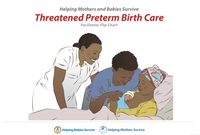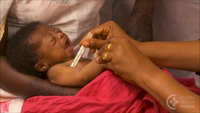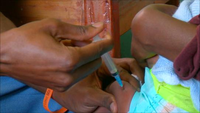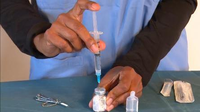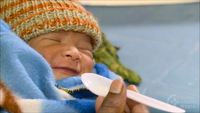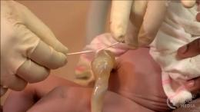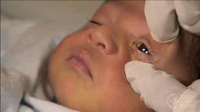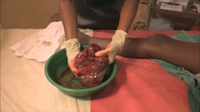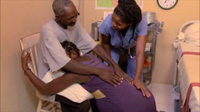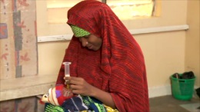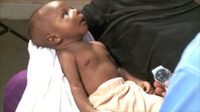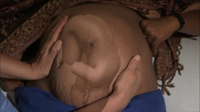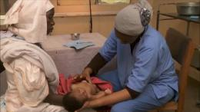 Asia
Asia
Helping Mothers Survive: Threatened Preterm Birth Care (HMS TPTBC)
Other training resource from Jhpiego
Helping Mothers Survive Threated Preterm Birth Care (HMS TPTBC) is a learning module focused on improving outcomes for newborns at risk of premature birth. This two-day course is designed for teams of health workers who provide care for women and ...
PNC Pre-Discharge Checklist Asia
Job Aid from Maternal and Child Survival Program
Complete checklist for all mothers and newborns before discharge from the birthing facility.
Postnatal Care Bedside Pre-Discharge Poster- Asia Context
Job Aid from Maternal and Child Survival Program
After birth, all mothers and newborns need to stay in the facility for at least 24 hours to receive necessary health checks, counseling and care before discharge.
Pneumonia Education - Asian English - Caregiver Flier
Job Aid from Abt Associates, Clinton Health Access Institute, McCann Global Health, UNICEF, USAID
This flier is a part of the Every Breath Counts communications campaign developed by the UN Diarrhea and Pneumonia Working Group, and led by the Clinton Health Access Institute, McCann Global Health, USAID, UNICEF, and Abt Associates. The Every Breath ...
Managing Severe Infection in Newborns
Video from Global Health Media Project
This video reviews 5 key signs of severe infection in newborns, and provides 2015 WHO treatment guidelines when referral is possible and when it is not.
Home Visit for the Newborn
Video from Global Health Media Project
This video shows important features of a home visit for a newborn in the week after birth, focusing on care and assessment.
Giving an Intramuscular Injection
Video from Global Health Media Project
This video shows how to safely draw up and give an intramuscular injection to a young baby.
Preparing Ampicillin and Gentamicin for Injection
Video from Global Health Media Project
This video shows how to prepare and draw up ampicillin and gentamicin for injection for a young baby.
Preparing and Giving Oral Amoxicillin
Video from Global Health Media Project
This video shows how to prepare amoxicillin correctly and some helpful tips for giving it to the young baby.
Chlorhexidine for Newborn Cord Care
Video from Global Health Media Project
This video shows how to apply chlorhexidine gel to the cord stump.
Care of the Cord
Video from Global Health Media Project
This video shows how to care for the cord of the newborn.
Taking a venous blood sample
Video from Global Health Media Project
This video shows how to draw blood from a baby in 3 different ways: with a needle, with a syringe and needle, and with a butterfly.
Eye Infections
Video from Global Health Media Project
This video shows how to identify and manage eye infections in the young baby.
Keeping the Baby Warm
Video from Global Health Media Project
This video shows ways to protect the baby from becoming too cold or too hot during the first days of life.
Examining the Placenta
Video from Global Health Media Project
This film teaches how to examine the placenta for any missing pieces.
Giving Good Care During Labor
Video from Global Health Media Project
This film shows ways to help a laboring woman and contribute to a feeling of trust.
Feeding with a Gastric Tube
Video from Global Health Media Project
This film shows the correct and safe way to feed a baby with a gastric tube. It highlights involving the mother and features a chart that shows the volume of milk to give at each feeding according to the day ...
Breathing Problems
Video from Global Health Media Project
This film shows how to evaluate a baby with a breathing problem. It includes footage of rapid breathing, chest in-drawing, and nasal flaring. It advises to give these babies oxygen if possible and refer them to a higher-level facility.
The Position of the Baby
Video from Global Health Media Project
This film demonstrates how to feel where the baby is within the uterus and how to measure the station of the baby.
Danger Signs in Newborns
Video from Global Health Media Project
This film features 8 major danger signs that will help health workers with early recognition of serious newborn problems–key to getting timely care and saving babies’ lives.

